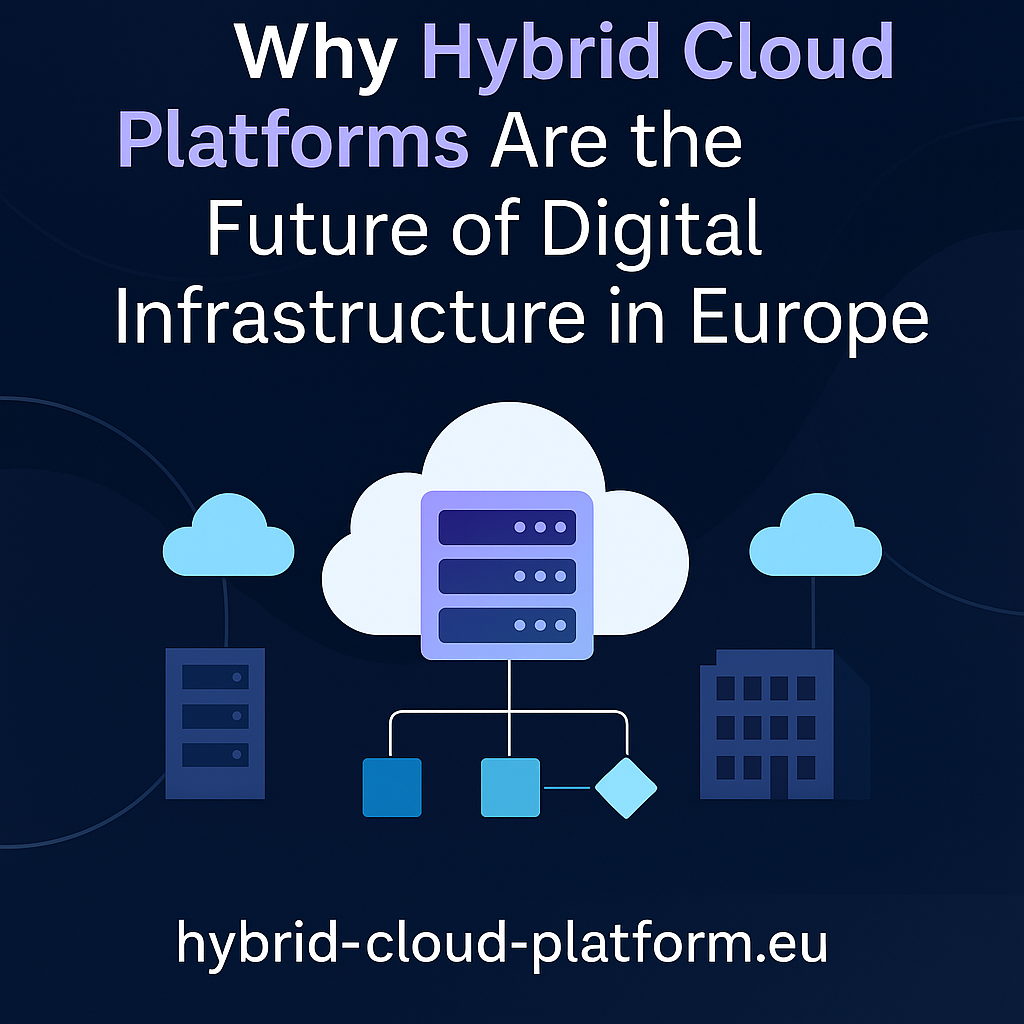The Impact of Architectural Choices on Latency in a Hybrid-Cloud Environment

The Impact of Architectural Choices on Latency in a Hybrid-Cloud Environment
Hey there, cloud enthusiasts! Today, I want to dive into something that's been buzzing around in tech circles for a while now—latency in hybrid-cloud environments. If you're like me, always on the lookout for ways to optimize your cloud strategy, you'll want to stick around.
First off, let's talk about what we're really dealing with here. When we blend the private and public clouds, creating that hybrid magic, we're opening up a world of flexibility and portability. This is fantastic, but it's not without its quirks—particularly when it comes to latency.
So, why does latency even matter? Well, in a nutshell, it's the time it takes for data to travel from point A to point B. In a hybrid setup, this can be quite the journey, sometimes with a few detours. The architecture you choose plays a huge role in how smooth or bumpy that ride is.
Now, the architecture. It’s like the backbone of your hybrid-cloud strategy. Choosing the right one can make all the difference. For instance, if your data is hopping between a sovereign cloud and public cloud services, you'll want to make sure that the pathways are optimized for speed—not just security. This is where understanding your workload needs and the nature of your data becomes super crucial.
I've seen setups where a poorly thought-out architecture led to frustrating delays. Imagine having a critical application that just can't afford to lag. The key is in the details—like where your data is stored and how it's routed.
Another aspect worth mentioning is the role of network topology. Sometimes, it's the network design itself that needs a rethink. You might want to consider options that minimize the distance data has to travel or reduce the number of hops it makes. This can be a game-changer.
So, what's the takeaway here? If you're architecting a hybrid-cloud environment, pay close attention to how your choices impact latency. It's about finding that sweet spot where performance meets efficiency without compromising on the sovereignty of your data.
For a deeper dive into optimizing hybrid-cloud setups and understanding cloud sovereignty, check out LayerOps. They offer some great insights that could help you sharpen your cloud strategy.
Until next time, keep exploring and happy cloud computing!
```